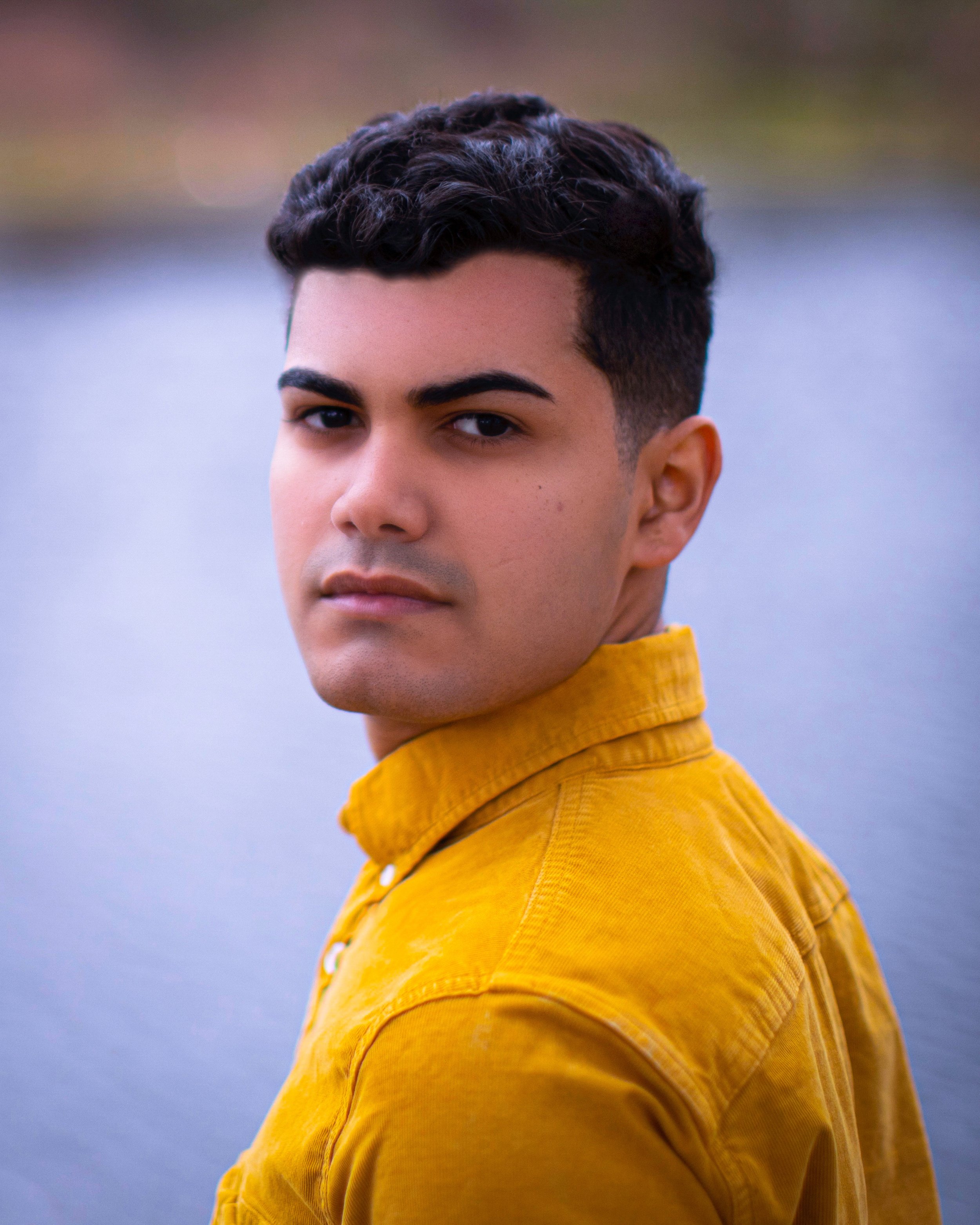Awe and Wonder
Tuesday, December 12, 2023 at 7:30 PM
St. Philip Presbyterian Church (4807 San Felipe St)
Google Maps
Awe and Wonder features two major works for chorus and orchestra, one on the creation story and the other on the incarnation of Christ. As set to music by C. P. E. Bach, Friedrich Klopstock’s Morning Song on the Feast of Creation blends Enlightenment thought with Christian theology, while Marc-Antoine Charpentier’s Midnight Mass for Christmas enlivens its canonic text with French carol melodies. Heinrich Biber’s Serenade of the Nightwatchman adds an expectant note to this festive holiday program.
Featuring:
Julia Fox, soprano
Amia Langer, soprano˚
Michael Skarke, countertenor
Sarah Dyer, contralto
Thomas O'Neill, tenor
Hayden Smith, tenor˚
Joeavian Rivera, baritone˚
Christopher Besch, bass-baritone
˚ Ars Lyrica debut
Learn more about our 20th anniversary season: 20 Years of Magic here.
Concert information
In-person tickets
Seating is first come, first served, with the first few rows reserved for 6-concert subscribers.
Student tickets are available for $15 using promo code STUDENT. Student IDs are required upon entrance.
This concert will not be live-streamed.
On the program
C. P. E. Bach, Klopstocks Morgengesang
Heinrich Biber, Serenade of the Nightwatchman
Marc-Antoine Charpentier, Messe de minuit de Noel
Run time
The program will last approximately an hour. There will be no intermission.
About the artists
˚ Ars Lyrica debut
Musicians will perform from the front of the hall at St. Philip. Seats in the closest rows will be reserved for six-concert subscribers.
-
In 1782 Friedrich Gottlieb Klopstock, a leading poet of the German Enlightenment, penned an ode entitled Morgengesang am Schöpfungfeste (“Morning Song on the Feast of Creation”) for C. P. E. Bach to set to music. Their fortuitous collaboration did not go unnoticed: a review of its inaugural performance noted that the work is “full of sublime simplicity…seldom have poetry and music been more fortunately united.” And indeed, Bach’s music makes the most of Klopstock’s vivid imagery: in the opening measures, for example, where the sun’s absence is keenly depicted with a lowing melodic figure begun in the bottom register of the accompanying strings. The Sun’s radiant appearance is celebrated not merely for its salubrious effect on the natural world and humankind; a transcendent and explicitly Christian message is also woven into Klopstock’s ode. Unresolved tension between these two poles—Christian doctrine on the one side, the Enlightenment on the other—runs through the last several sections of this ambitious work scored for four voices (SATB), flutes, and strings.
The great Bohemian violinist Heinrich Ignaz Franz Biber is perhaps best known for his virtuosic solo sonatas, many of which require non-standard tuning schemes (scordatura). He also left a significant body of music for larger ensembles, including a Serenade in the five-part scoring typical of the late seventeenth century, with divided violins and violas. Effectively a suite that blends traditional dance idioms with “character” pieces, this peculiar work includes a ciacona (or chaconne) that features a sung bass line beneath pizzicato upper strings. The vocal line is an ancient watchman’s song, which announces the hours while encouraging the faithful to praise God and the Virgin Mary.
The noël, a beloved part of French culture since the sixteenth century, provides tuneful access to the pastoral world of the Christ child and the shepherds who pay homage at the manger. Their rustic texts often mix bits of the Christmas story with more generic holiday sentiments, just as many English-language carols do. During the Advent and Christmas seasons especially, one still hears noëls sung simply by children, varied creatively by church organists, and occasionally incorporated into more elaborate musical works.
There is, in short, no better musical material for a Christmas Eve midnight mass. Taking full advantage of this opportunity, Marc-Antoine Charpentier incorporated eleven different noel melodies into his beloved Messe de Minuit pour Noël. More than perhaps any other mass setting in the repertoire, this work sets toes tapping repeatedly thanks to its catchy tunes: the earnest pleading of “Kyrie eleison” (“Lord, have mercy”) dances to the gavotte rhythm of Joseph est bien marié (“Joseph married well”), while the Agnus Dei (“Lamb of God”) parties merrily to A minuit fut fait un resveil (“At midnight we celebrate”). Noël melodies are absent at only its most solemn moments: the Credo’s genuflection over Christ’s incarnation, for example.
Scored for eight singers distributed evenly over four parts (SATB) and a small orchestra of flutes, strings, and continuo, the Midnight Mass is Charpentier’s best-known work. He composed it sometime around 1694, during his service at the Jesuit Church of Saint-Louis in the Marais district of Paris. The Jesuits, as it happened, were avid consumers and promoters of noëls. During the same era, missionaries from this order circulated several of the better-known melodies among the native peoples of North America, some of which remain popular in the Huron and Mohawk languages.
© Matthew Dirst















